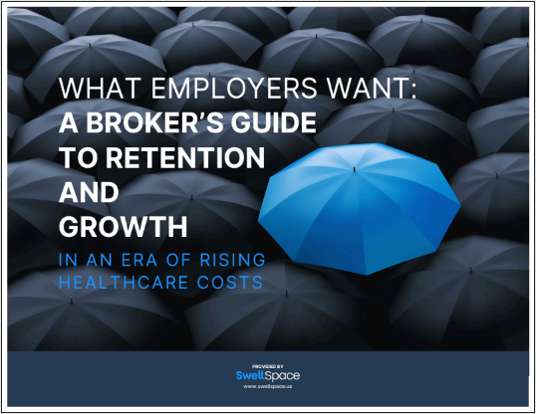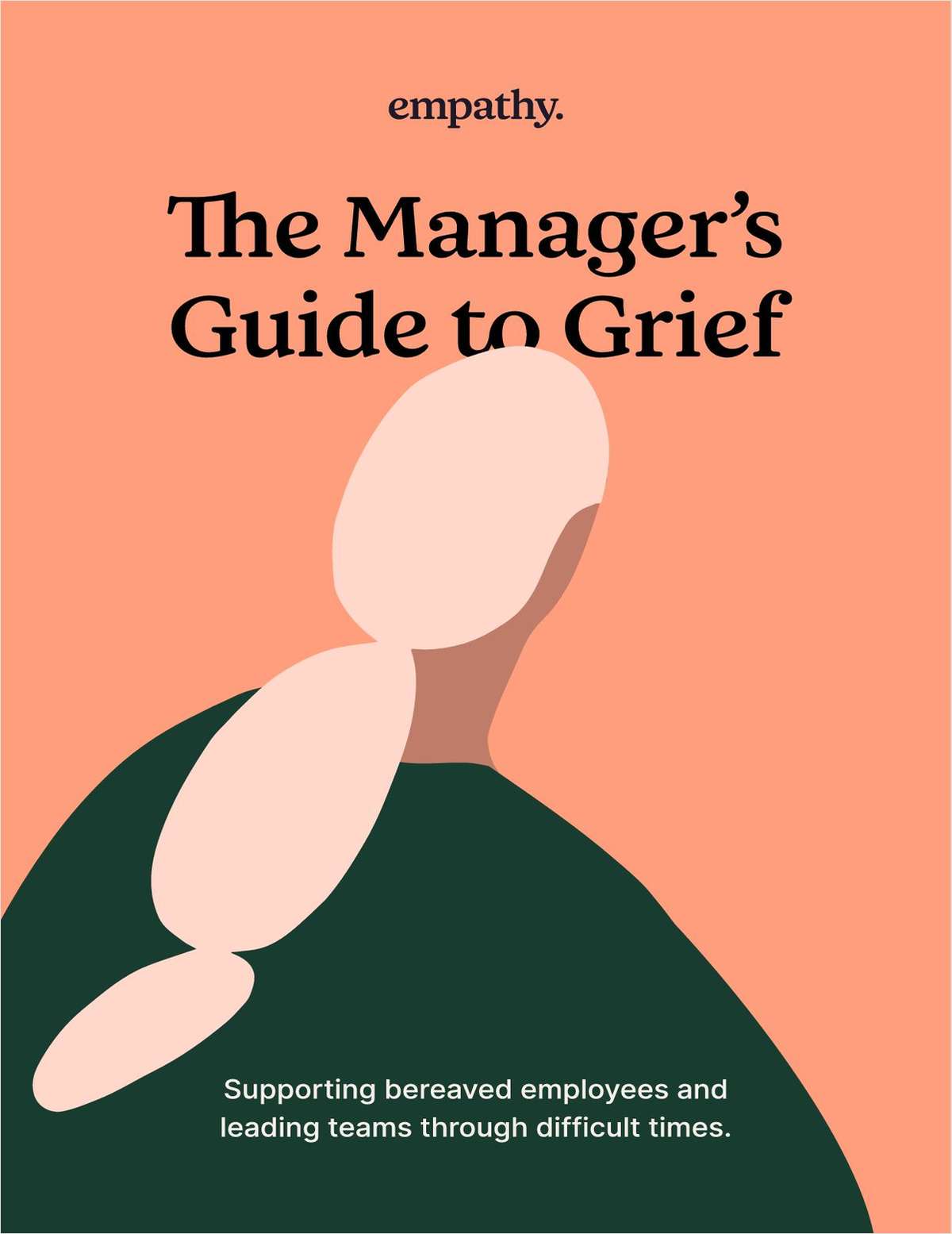WASHINGTON – Not since 1962 have rates been so low. Credit union options for beating the margin squeeze are clearly on the liability side of the balance sheet say CU economists. The Fed's latest 50 basis point cut – its ninth of the year – dropped the federal funds rate to 2.5%. CUNA Chief Economist Bill Hampel says because of their reluctance to lower rates on savings accounts as fast as the rest of the financial market, credit unions have some leeway to start dropping yield on these accounts to ease tightening margins. Credit unions are paying about 2.8% on regular shares, down from 3.1% last December. That's a telling statistic says Hampel, because while the Fed has lowered rates by 400 basis points, credit unions adjusted their rates downward by only 30 basis points. "Half of all member funds are in regular shares and share drafts. Credit unions have enormous latitude right now to lower rates on these accounts to relieve bottom line pressure," he said. Hampel maintains that these cuts have some benefits for the bottom line; one being that a credit union's cost of funds is going to fall faster than its return on assets since assets turn over and reprice slower than a credit union's source of funds. "On a five year car loan made a year ago, most of the balance is still outstanding and earning that higher rate," said Hampel. This effect will be felt strongly now given the lending surge CUs experienced in 2000. But the pressure on net interest income is mounting. In this time of squeeze, some interesting questions come up. Will credit unions increase or add fees for additional income? Will they change their practices of managing their investment portfolio? NAFCU has a resounding answer to the fee question. In its September Flash Report NAFCU asked CUs if they planned to raise service fees over the next six months. "If you're not loaning out, and investments aren't yielding as much, we wanted to see if there was pressure for credit unions to increase their fee income. Trends in credit union call reports show fee income (non-interest income) had been growing," said NAFCU economist Jeff Taylor. The survey clearly shows that NAFCU members feel their current fee levels are sufficient. An overwhelming 93.4% said they would not raise fees in the next six months, with just 4.6% saying they would. The Flash report survey also offered the opportunity for a bank vs. fee comparison. It found that FCUs charge $16.36 for NSF, 23% less than the average NSF bank fee of $20.22; and FCUs charge $13.59 for a stop payment, 30% less than banks' $17.54. The data on ATM nonmember, noncustomer fees were not as clear-cut. FCUs surveyed charge nonmembers an ATM fee of $1.12, while banks charge noncustomers $1.16. However, CUs are way ahead of banks when it comes to surcharging their own members. While only 4% of CUs charge their members, the fee averages $.09. Just 6% of banks levy the same fee to their customers, but it averages $0.69. Taylor said credit unions are more apt to try and make money on nonmember fees because "there's not that political fallout, than if they were increasing the fees on their own members. ATMs are about convenience. There's plenty of ATMs people can use. They (nonmembers) don't have to use a credit union's," said Taylor. So if credit unions aren't looking to increase fee income over the next six months as NAFCU's Flash survey highlighted, the investment portfolio is the other component CUs may evaluate to beat the squeeze. WesCorp Chief Investment Officer Bob Burrell said CUs must stay on their investment course. "Continue investing as before. Use the ladder approach," said Burrell. "Focus on adjusting the portfolio structure for the long term, regardless of current rates. Review the portfolio for possible sell candidates of previously poor performing securities." Burrell said credit unions should be aggressively going after mortgage loans, instead of drastically altering their investment patterns. "These loans represent excellent earning assets in terms of yield and credit quality. A substantial amount of the underlying interest-rate risk can be readily reduced through the use of financial derivative products," said Burrell. He also recommended repricing of savings products to ease margins. "Some boards of directors may be especially reluctant to drop these rates, however, it may be the prudent action to take." Hampel said credit unions could go out farther on the yield curve with their investments, but in his opinion it's too risky for the amount of yield they would pick up. "You're looking at a 2.3% yield at three months and 3.7% going out five years. You're taking on risk, and not picking up a whole heck of a lot of yield going out five years." Hampel believes the average CU is going to be better off reducing savings account yield, rather than taking on added risk on the investment side Peter Duffy, senior vice president of investments for First Empire Securities, said many CUs are in better shape with their portfolios because of what happened last year. "Many credit unions are more astute than previous low rate environments because they've just come out of a period where there was no liquidity due to not only strong loan demand, but the structural weakness of the portfolio based on what they bought in the previous low rate cycle. They are relying less on callable agencies and certificates and investing in loan substitutes like mortgage backed securities with various durations." [email protected]
Continue Reading for Free
Register and gain access to:
- Breaking benefits news and analysis, on-site and via our newsletters and custom alerts
- Educational webcasts, white papers, and ebooks from industry thought leaders
- Critical converage of the property casualty insurance and financial advisory markets on our other ALM sites, PropertyCasualty360 and ThinkAdvisor
Already have an account? Sign In Now
© 2024 ALM Global, LLC, All Rights Reserved. Request academic re-use from www.copyright.com. All other uses, submit a request to [email protected]. For more information visit Asset & Logo Licensing.








